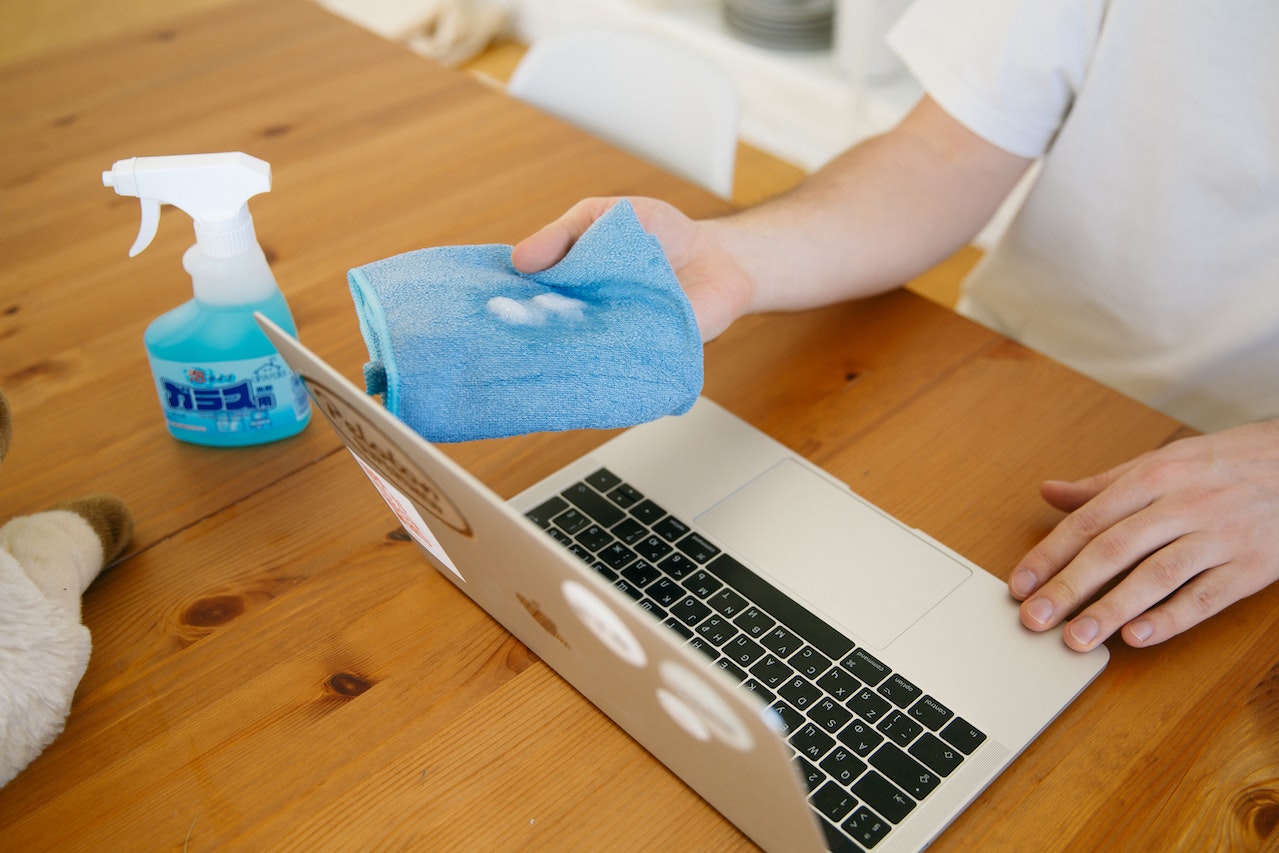First, we have to say that not all screens are created equal, with some being more delicate than others. The safest way to determine proper screen care is to search for the make and model of your device, determine whether it has an LCD, LED, or another type of display, and then search for the manufacturer’s instructions on how to care for it. However, if you want to go around all of that, there is a simple way to avoid making a mistake that could result in irreparable damage to your screen as well as your entire device.
You don’t want to use anything that will dilute your screen’s reflective coating. This is the top layer of your screen, which is extremely sensitive to the acidity of alcohol and other compounds such as ammonia or propylene glycol. These are frequently found in cleaning products such as window cleaners and degreasers. These liquids will corrode the surface of your screen, resulting in scratches or smudges that you will be unable to remove.
So, how can you properly clean your computer screen?
Cleaning your screen is simple—all you need is a little water and a dust-free cloth, such as a microfiber wipe or the fabric that came with your glasses. To begin, turn off your computer and unplug the charger. This may sound paranoid, but the benefit is twofold: you avoid the possibility of triggering an electrical surge, and your screen remains black, making it easier to see dirt and grime.
Apply a few drops of water to your cloth. Forget paper towels or the sleeve of your favorite soft cotton t-shirt—microfiber is your best bet. Regardless of how soft it is, a dry wipe will always leave micro-abrasions on your screen. The moisture will also aid in the collection of dust and particles, as well as the removal of grease from your display. To avoid streaks, use circular motions beginning in the center of your screen and moving outward. You’ve used far too much water if you see any droplets or water traces on the glass while cleaning. Begin again by gently dabbing the residual H2O with an absorbent cloth or tissue paper.
If you have an ugly persistent gunk, you can use isopropyl alcohol at 70 percent or lower. That percentage is important in order to avoid permanent damage to your screen. So, in these extreme cases, spray the alcohol on the cloth, never directly on the screen, and wipe it gently.
Computer screen damage is accumulative
Have in mind that screen damage accumulates. The more pressure you apply, the more abrasive a product you use, and the more frequently you use it, the more damage you inflict on your display’s protective layer and the delicate sensors beneath it.
You might be able to get away with splattering a high percentage of alcohol or even a window cleaner on your computer screen once or twice. However, if you persist, you will eventually notice the negative consequences like discoloration, lines (vertical and horizontal), and it may appear pretty and rainbow-like at times. In other cases it blinks, and you can also see droplets of liquid or water in the back of the screen as there are numerous ways for damage to manifest.
The bad news is that you cannot fix it. The screen must be replaced in order to remove that damage.












